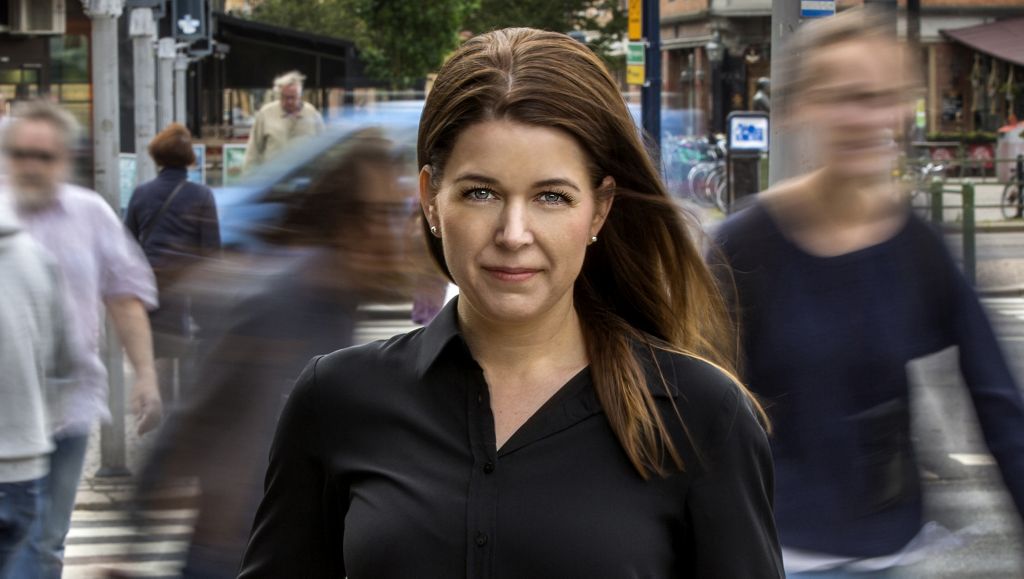The human factor will remain an issue


Why and how did Volvo Trucks create these safety programs?
“Since the number of traffic accidents involving vulnerable road users is increasing in some parts of the world, we felt obliged to raise awareness on a global scale. Inspired by a Volvo Trucks Denmark initiative, some colleagues and I in Gothenburg spent a lot of time in school classes, learning from what children found interesting.
From this experience we decided to convey our safety message as an interactive tool-kit, launched globally in 2014 under the name Stop Look Wave. The programme launched in 2015, See and Be Seen, has the same interactive approach, but is targeting cyclists and young adults.”
Why are the programs important?
“Because human factors are behind 90 per cent of all traffic accidents. Today’s roads are getting busier and more complex by the day, and an increasing amount of heavy duty vehicles are driving on the same roads as cars, electric bicycles, motorcycles, cyclists and pedestrians.
Simultaneously, human traffic behaviour is changing; mobile phones and other technology makes us pay less attention to potential dangers. We are also relying too much on our vehicles’ safety features, forgetting that our traffic systems are based on mutual trust between all operators. And we can never be totally sure that others will behave as we expect them to.”
We still have a journey ahead before all traffic is automated and flawlessly interprets human behaviour.
What are your safety strategies ahead?
“The human factor will remain an issue for years to come, so we need to work with traffic safety from many perspectives. Developing new safety technology, conducting research on how accidents appear, working with governments to create safer traffic systems and informing and educating the public on how to interact safely with trucks.
We are very happy and proud that many of our customers worldwide have chosen to engage in our traffic safety programs and helped us educate children and young adults. This important piece of the global traffic safety puzzle must never disappear, and new generations to inform are being born all the time.”
What do you consider to be the biggest challenges?
“We still have a journey ahead before all traffic is automated and flawlessly interprets human behaviour. We need to make sure the public understand they cannot yet fully rely on technology to protect them. The development of automated functions will be gradual, and at Volvo Trucks, we only apply new technology when we see that it can support the driver in a safe and secure manner.
At the moment, we still see a lot of challenges for automation in cities. This is due to the density and complexity of its traffic systems and the number of vulnerable road users. We never forget that even though traffic environments change, humans remain just as soft and vulnerable.”
Our safety programmes are based on extensive accident research conducted by the Volvo Trucks’ Accident Research team (ART). Both programs consist of an interactive training kit with instructions that can be downloaded from Volvo Trucks homepage and be used free of charge.
Stop Look Wave
A traffic safety program that teaches children how to behave in traffic and especially around large trucks.
See and Be Seen
A traffic safety awareness campaign that demonstrates how to improve safety when cyclists and truck drivers interact.
Want to help us save lives?
Contact your local Volvo dealer for more information.